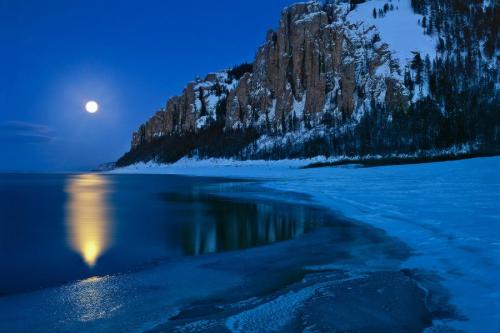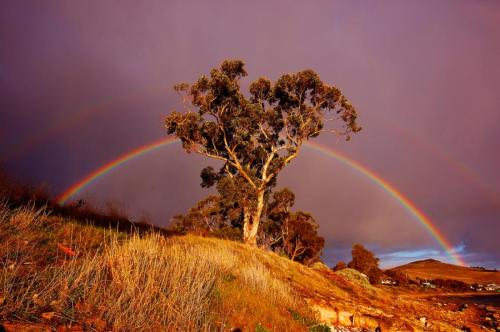Monday, June 28, 2010
*sigh*
Posted by PrinCess zID at 12:42 AMSaturday, June 26, 2010
Narwhal Monodon monoceros
Posted by PrinCess zID at 7:51 PMA newborn narwhal calf is about 5 feet (1.5 meters) long and can weigh 175 to 220 pounds (79 to 100 kilograms). Narwhals are normally found in pods of two to ten.
Photograph by Paul Nicklen
The narwhal is the unicorn of the sea, a pale-colored porpoise found in Arctic coastal waters and rivers. These legendary animals have two teeth. In males, the more prominent tooth grows into a swordlike, spiral tusk up to 8.8 feet (2.7 meters) long. The ivory tusk tooth grows right through the narwhal's upper lip. Scientists are not certain of the tusk's purpose, but some believe it is prominent in mating rituals, perhaps used to impress females or to battle rival suitors. Females sometimes grow a small tusk of their own, but it does not become as prominent as the male's.
Narwhals are related to bottlenose dolphins, belugas, harbor porpoises, and orcas. Like some other porpoises, they travel in groups and feed on fish, shrimp, squid, and other aquatic fare. They are often sighted swimming in groups of 15 to 20, but gatherings of hundreds—or even several thousand—narwhals have been reported. Sometimes these groups become trapped by shifting pack ice and fall victim to Inuit hunters, polar bears, or walruses.
Inuit people hunt the narwhal for their long tusks and their skin, an important source of vitamin C in the traditional Arctic diet.
trip to redang..... ;p
Posted by PrinCess zID at 11:00 AMWednesday, June 9, 2010
Futuristic Diving Helmet
Posted by PrinCess zID at 1:43 AMRiver under the Sea
Posted by PrinCess zID at 1:35 AM










0 comments
Labels: captured moments